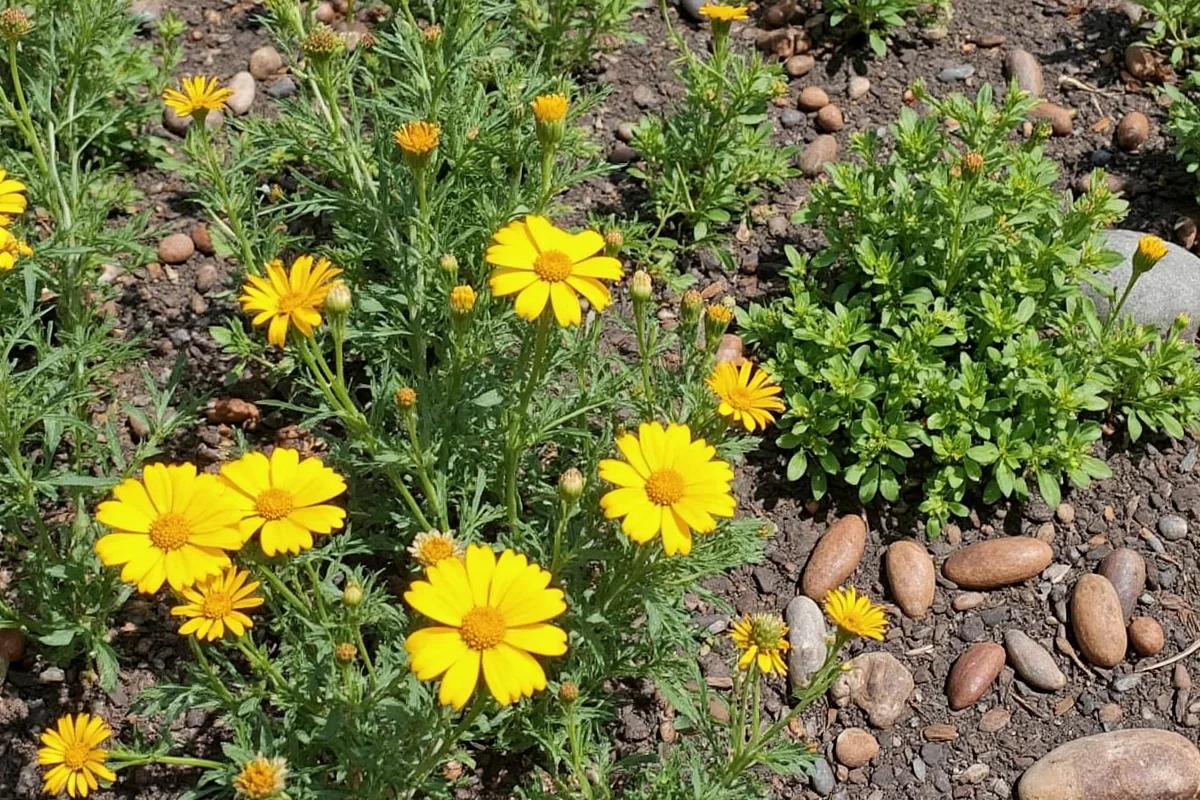In this comprehensive guide, we delve into the fascinating world of cold hardy cacti, exploring 20 unique types that can thrive in chillier climates. Learning about these resilient plants is essential for both gardening enthusiasts and those looking to optimize their outdoor space without fear of freezing temperatures. Here, you'll find easy-to-understand advice on how to care for, grow, and nurture these remarkable plants.
The Importance of Cold Hardy Cacti
In regions where winter temperatures regularly drop below freezing, cultivating a garden can be challenging. Cold hardy cacti offer an excellent solution by providing a splash of greenery and unique texture year-round. These cacti are not only durable but also require minimal care, making them perfect for those who desire a low-maintenance garden. Understanding the importance of selecting the right cacti for cold regions can greatly enhance your gardening experience.
- Cold hardy cacti can withstand temperatures well below freezing.
- They provide aesthetic appeal with diverse shapes and sizes.
- Low water requirements make them eco-friendly and cost-effective.
- Suitable for various landscapes, including rock gardens and xeriscapes.
- Offer a unique variety of colors and forms that persist through winter.
Types of Cold Hardy Cacti
There are numerous types of cacti that can thrive in cold climates, each bringing its own unique characteristics and beauty to your garden. From the opuntia, which is known for its paddle-like stems, to the delicate and intricate echinocereus, understanding these varieties will help you appreciate their resilience and charm. Here we introduce you to 20 types that are particularly adept at enduring colder conditions.
| Type | Key Features |
|---|---|
| Opuntia Humifusa | Also known as eastern prickly pear, it's resilient and displays bright yellow blooms. |
| Escobaria Vivipara | Small, rounded cactus with beautiful pink flowers. |
| Echinocereus Triglochidiatus | Commonly called claret cup cactus, noted for vibrant red flowers. |
How to Care for Cold Hardy Cacti
Caring for cold hardy cacti involves understanding their basic needs, which differ slightly from their desert counterparts. Most require well-draining soil, infrequent watering, and protection from excessive moisture during cold months. Providing them with the right habitat ensures they stay healthy and vibrant, even in freezing temperatures. Here are some essential care tips:
- Ensure soil is well-draining to prevent root rot.
- Water sparingly, allowing soil to dry completely between watering.
- Avoid watering during frost-laden periods.
- Use a cactus fertilizer during growing seasons for optimal health.
- Provide full sun exposure for best growth results.
Growing Tips for Cold Hardy Cacti
Growing cold hardy cacti successfully starts with selecting the appropriate location. These cacti thrive in sunny spots with good air circulation, which helps prevent fungal diseases. Start by planting them in a south-facing garden or in pots that can be placed to catch maximum sunlight. Additionally, considering their growth habits, such as spreading or clustering, aids in planning your garden layout.
- Choose a location with ample sunlight.
- Spacing is crucial for air circulation and growth.
- Mulch can provide extra warmth and moisture control.
- Use pots with drainage holes if planting in containers.
- Gradually acclimate young plants to outdoor conditions.
Common Problems and Solutions
Like any plant, cold hardy cacti can face issues such as pests, diseases, and physical damage. Identifying these problems early can save your plants from lasting harm. This section highlights some common issues and provides simple solutions to ensure thriving cacti even during colder months.
- Mold can develop; ensure adequate soil drainage and limit moisture.
- Aphids and other insects may appear; use insecticidal soap to deter them.
- Heavy snowfall can break stems; cover plants during storms.
- Root rot is often caused by overwatering; reduce water frequency.
- Sunburn can occur; monitor sunlight exposure in hotter months.
To conclude, cold hardy cacti are a splendid addition to any garden, offering resilient beauty and ease of care. By understanding their specific needs and growth habits, you can cultivate thriving cactus plants that defy the chill and emerge vibrant and healthy. Embrace the adventure of growing these unique plants, and your garden will become a year-round delight.











 浙公网安备
33010002000092号
浙公网安备
33010002000092号 浙B2-20120091-4
浙B2-20120091-4